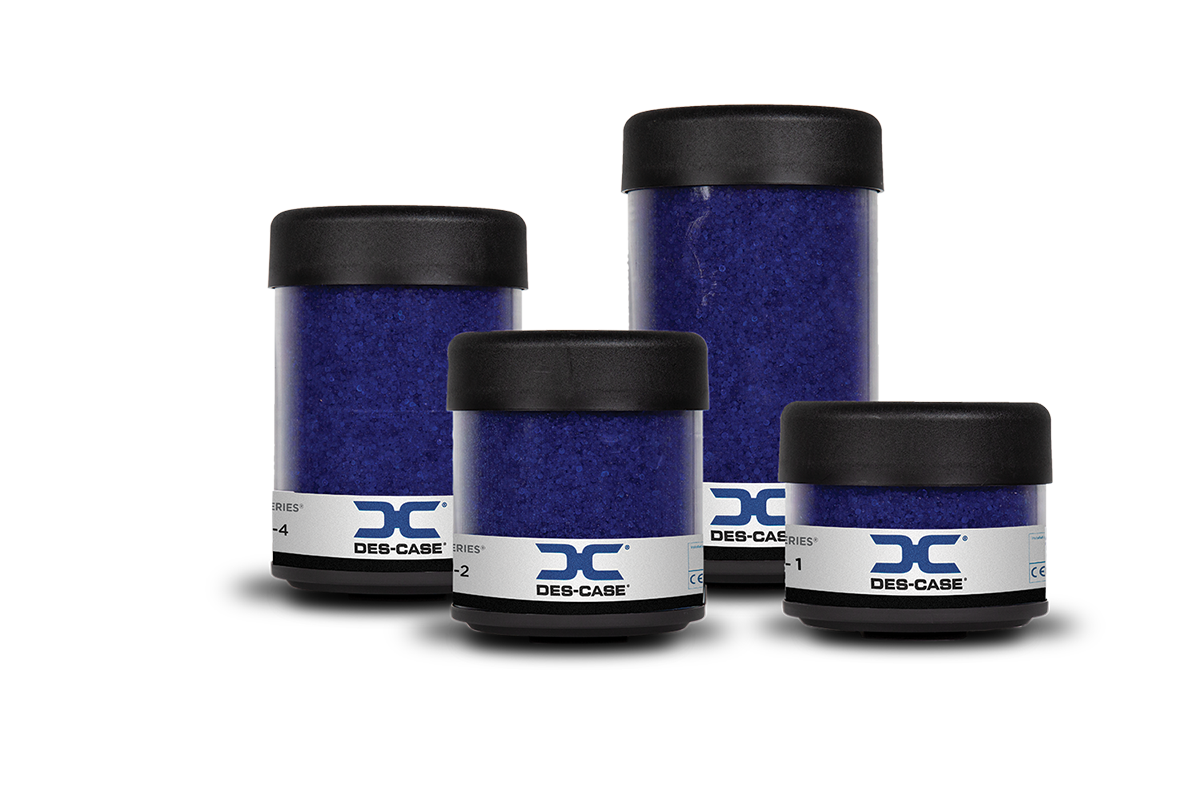VRS Achieving Remarkable Results
Our New Varnish Removal System Achieves Remarkable Results on a Plastic Injection Molding Machine.
CustomerLarge Appliance Manufacture |
IndustryPlastics |
Products Used
Hydraulic fluid is one of the most important components in an injection molding machine, which is why contaminated fluid cannot be overlooked. In fact, 80% of all hydraulic failures are caused by contaminated fluid. The most known types of contaminants are solid particles and water, but just as destructive for hydraulic systems is varnish.

The Challenge
A large appliance manufacturer in the United States reached out to Des-Case regarding an increase in unplanned maintenance, blocked line filters and frequent oil changes on their Toshiba plastic injection molding machine. All of these symptoms were in line with severe varnish problems and was further confirmed by an oil lab analysis. The results of the test showed a Membrane Patch Colorimetry (MPC) value at a critical level of 63.4 and an ISO cleanliness level of 25/20/14.












Recent Comments